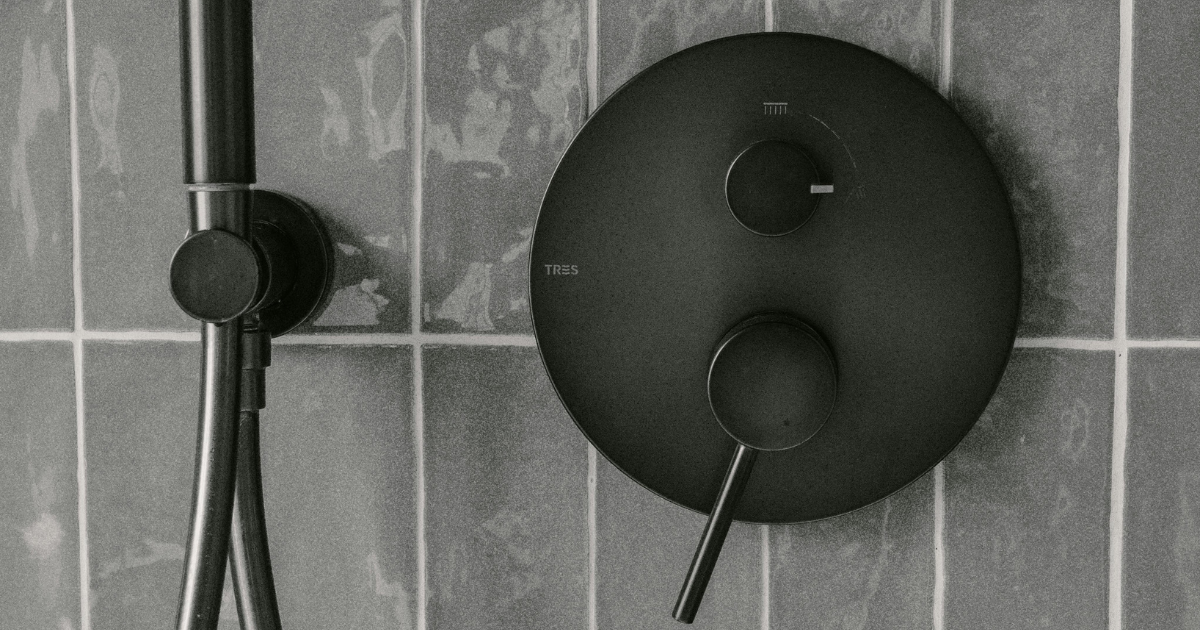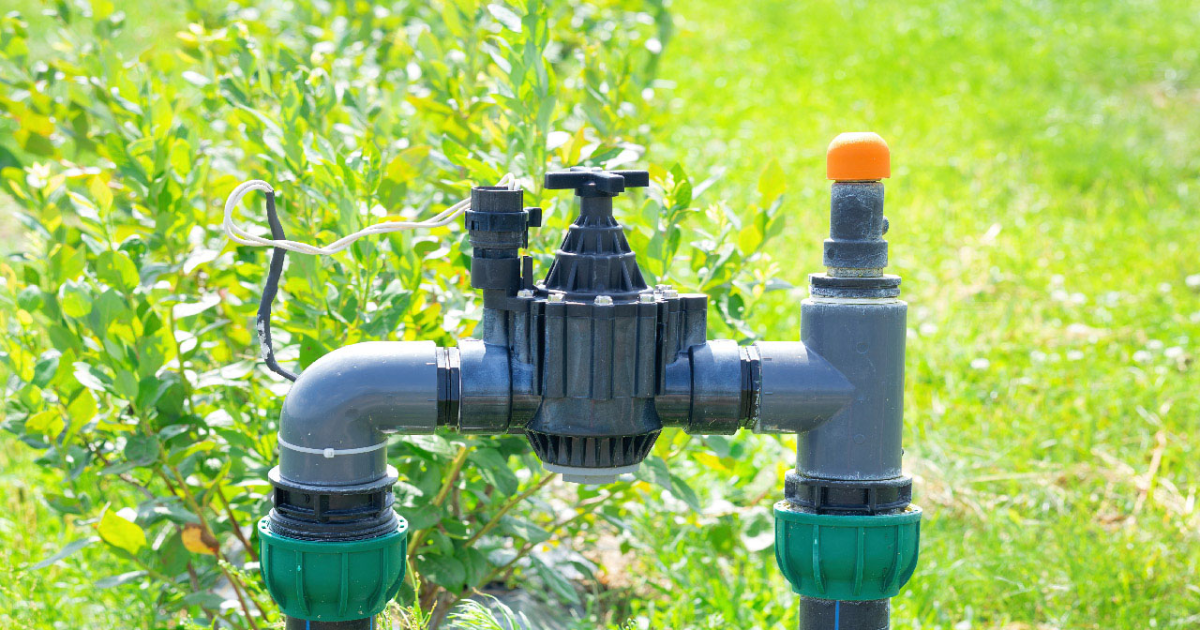Water Heater Replacement in 10 Simple Steps
Installing a hot water heater is a critical task that requires precision and expertise to ensure efficient operation and safety.
Whether you’re replacing an old unit or installing a new one, it’s essential to follow the proper steps to guarantee a successful installation.
In this article, we will outline a comprehensive guide on the steps for hot water heater installation to assist both homeowners and plumbing professionals alike.
Remember, if you’re unsure or uncomfortable with any of the steps, it’s always best to consult a licensed plumber for assistance.
Step 1: Pre-Installation Preparations
Before beginning the installation process, it’s crucial to gather all the necessary tools and materials.
These typically include: Water Heater, Drain Pan, New Exhaust Venting, New Main Valve, Expansion Tank, 2 Water Flex Connections, Sediment Trap for the Gas Connection “Sediment Trap must be connected to the wall not the Heater” ,New Gas Flex and Shut Off, New Tech Screws for the Vent.
Tools Required for Job: A hose to Drain with, A Measuring Tape, A pair of Channel Locks, Set of Crescent Wrenches, Copper Tubing Cutters, Gas Torch, Flux & Solder, Teflon Tape, Pipe Sealant “Key-Tite”, Spray Bottle & Rag.
Step 2: Turn Off the Power and Water Supply
Safety is paramount when dealing with any electrical or plumbing installation.
Start by switching off the power supply to the existing hot water heater unit. Being Gas you turn off the valve.
If electric find the circuit breaker or fuse box and turn off the appropriate breaker or remove the designated fuse.
Next, shut off the water supply to the old unit. Locate the main water valve and and shut it also.
Step 3: Drain and Disconnect the Existing Water Heater
Drain the existing water heater by attaching a garden hose to the drain valve located near the bottom of the tank.
Direct the hose to a safe drainage location, such as a floor drain or outdoors. Open the drain valve and allow the tank to empty fully.
Once drained, disconnect the water lines, carefully removing any fittings or connections with a pipe wrench or adjustable pliers.
Step 4: Remove the Old Water Heater
With the old water heater disconnected, it’s time to remove it from its position. Depending on the unit’s size and weight, you
may require an extra pair of hands or a dolly to safely transport it.
Clear the area and set the new water heater in place, ensuring it meets local building codes, including proper clearances from
walls and floors.
Step 5: Prepare the Installation Area
Before installing the new unit, ensure that the installation area meets the necessary requirements. Clear any debris or
obstacles from the vicinity, and ensure there is ample space for ventilation and access.
Step 6: Install the New Water Heater
Position the new water heater in the designated area. Use a level to ensure it is perfectly horizontal.
For gas units, attach the flue pipe to the draft hood and secure it using sheet metal screws. Make sure to follow the
manufacturer’s instructions regarding clearances and venting requirements.
Step 7: Connect the Water Supply Lines
Attach the water supply lines to the appropriate valves on the new water heater.
They usually come with rubber sealing washers in the flex connections.
Tighten the connections using adjustable wrenches or pipe wrenches, being careful not to overtighten.
Make sure to pipe the T&P Valve to its original location.
Step 8: Connect the Gas Supply Line or Power Cable
For gas water heaters, follow the manufacturer’s instructions for connecting the gas supply line to the unit using a flexible
connector or appropriate fittings. Apply a gas-rated sealant to the threaded ends and tighten the connections.
If the unit is electric, connect the power cable according to the manufacturer’s instructions and ensure proper grounding.
Step 9: Check for Leaks
Before turning on the water supply and restoring power, thoroughly inspect all the connections for leaks.
Use a mixture of dish soap and water to apply to the connections. If bubbles form, there is a leak present. Retighten the
connections if necessary.
Step 10: Fill and Test the Water Heater
With the water and gas connections in place, slowly open the main water supply valve to fill the tank. Allow the tank to fill
completely, while simultaneously checking for any leaks at the connections.
If any leaks are detected, shut off the water and rectify the issue before proceeding.
Once the tank is full and leak-free, turn on the gas supply valve for gas heaters or restore the electrical power for electric
heaters. Follow the manufacturer’s instructions for relighting the pilot light or setting the desired temperature.
MasterCraft Plumbers
Whether you need a new hot water heater installed in your home or business, we have the expertise to handle the job
efficiently and effectively.
Contact us today for a free estimate at (760) 640-0337
The post Water Heater Replacement in 10 Simple Steps first appeared on MasterCraft Plumbers.


